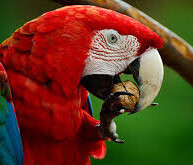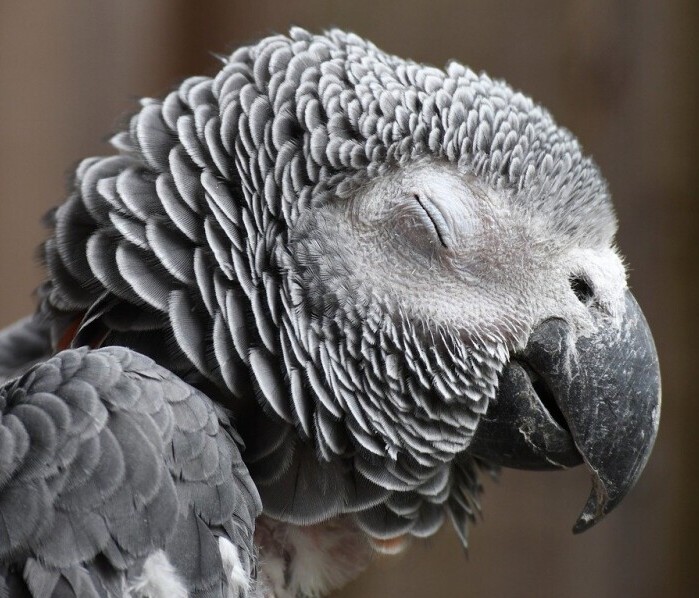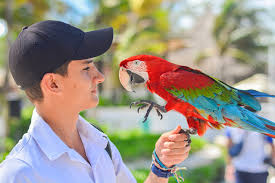Obedience training for parrots? Absolutely! Just like dogs, parrots can learn to follow commands and rules, which can make your life much easier and their life more enriched. Training isn’t just about telling your bird what to do. It’s about building a bond, establishing trust, and creating a happy, well-adjusted feathered friend.
So, what’s this obedience training about, and why bother? Imagine being able to guide your parrot safely back to their cage, getting them to let go of something they shouldn’t have or even just telling them to stay put for a bit. This is the kind of peace and control good training brings into your home. It’s not just commands; it’s a language you develop with your bird.
Obedience training isn’t tough either. With patience, consistency, and a pocket full of your parrot’s favorite treats, you’ll be amazed at how quickly they pick things up. The time and effort you invest in training pay off in tons of ways: safer interactions, a stronger bond, and a happier bird because they understand what’s expected of them. Plus, training can be a great way to mentally stimulate your parrot, keeping them entertained and healthy.
Key Obedience Behaviors for Parrots
Let’s start with stationing. This is like teaching a dog to go to their bed. With parrots, you can guide them to go to a specific spot, like a perch or their cage when you give the command. Super handy when you need them to stay put for a moment.
Then there’s the ‘Wait’ command. This teaches your parrot to pause in one spot. It’s not just about getting them to stay still, though. You’ll want to make sure they have something fun or interesting to do while they wait; otherwise, they might get bored (and loud!).The ‘Drop’ command is a lifesaver, especially if your parrot loves to chew on things they shouldn’t. Teaching them to drop objects on cue can save your furniture, your fingers, and their health from hazardous items.
Cage entry is another useful behavior. With a simple command, your bird can learn to enter their cage willingly. No more chasing them around the room trying to get them back in – just a smooth, easy transition.
Finally, there’s the ‘Off’ command. Getting your bird to step off your hand or fly away from a particular spot helps in lots of situations, like when you need them to leave a dangerous place, or you just need a break.
Implementing Obedience Training Effectively
Positive reinforcement is your best friend here. Every time your parrot follows a command, reward them with a treat or praise. This way, they’ll associate obeying with something pleasant and will be more likely to do it again.
Consistency is crucial. Use the same words and gestures for commands every time. This helps your parrot understand exactly what you want. Switching things up will only confuse them.
Patience is key. Training takes time, and each bird learns at their own pace. Celebrate the small victories and don’t get frustrated if progress seems slow.
Creating a fun and engaging training environment is essential. Use toys and games to make the sessions enjoyable. If your parrot enjoys the training time, they’ll be more motivated to learn.
Common challenges like stubbornness or distractions can pop up. Keep training sessions short to maintain their attention. If they’re being stubborn, take a break and try again later.
Lastly, for long-term success, keep practicing the commands regularly. Even once they’ve learned them, refreshing their memory helps maintain these good behaviors. Plus, it continues to strengthen your bond.

